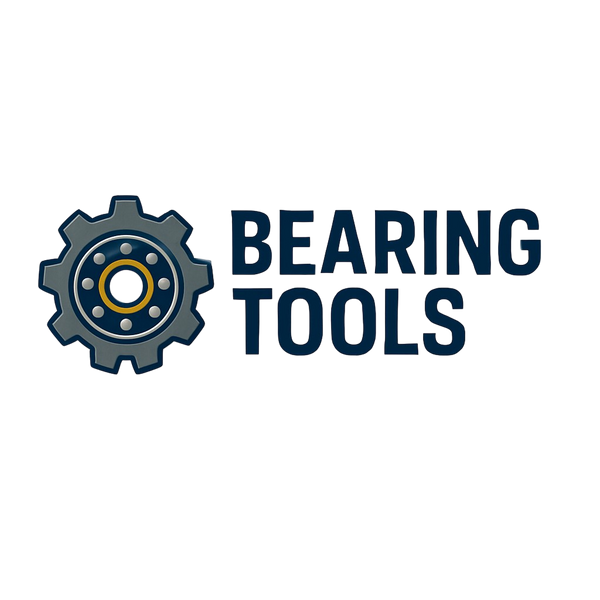
Steel vs Bronze: Materials Compared for Bearing Accessories
Compartir
When designing or selecting accessories for ball bearings and related systems (such as housings, sleeves, bushings, locking rings, liners, spacers, etc.), the choice of material plays a crucial role in performance, longevity, cost, and maintenance. Two of the most common materials considered are steel and bronze (and its alloys). In this article, we compare steel and bronze in the context of bearing accessories — evaluating their mechanical properties, advantages, disadvantages, and application guidelines.
1. Basic Material Properties
Steel
- Steel is an iron-carbon alloy (often with other alloying elements). Its mechanical properties are highly tunable via heat treatment (hardening, tempering, case hardening).
- Typical bearing steels (e.g. 52100, 100Cr6) are very hard and wear-resistant.
- Steel has high tensile strength, high yield strength, and good fatigue resistance (especially in rolling-element bearing races).
- However, untreated steel is susceptible to corrosion (rust), so surface treatments or coatings (e.g. plating, nitriding, stainless variants) are often needed in corrosive environments.
Bronze
- Bronze is a copper-based alloy, typically with tin, sometimes with lead, phosphorus, aluminum, silicon, etc.
- Bronze is softer than hardened steel in many cases, but alloy selection allows adjustment of hardness, wear resistance, and lubricity.
- Bronze alloys are valued for machinability, ability to embed small particles, and favorable friction behavior in sliding applications.
- Bronze is more corrosion-resistant than ordinary carbon steel in many environments (e.g. marine, moist, weakly acidic or alkaline conditions) without needing heavy protective coatings.
2. Advantages & Disadvantages: Steel vs Bronze for Bearing Accessories
| Criterion | Steel (for bearing accessories) | Bronze (for bearing accessories) |
|---|---|---|
| Load capacity & strength | High strength, good for heavy loads, especially when hardened. | Sufficient for many moderate to heavy loads, though inferior to hardened steel in extreme loading. |
| Wear resistance | Excellent when properly hardened and treated. | Good wear resistance for sliding contacts, especially when self-lubricating or oil-impregnated. |
| Friction / lubrication properties | Smooth surfaces, but little inherent lubricity; needs external lubrication or low-friction coatings (e.g. PTFE). | Many bronze alloys can incorporate solid lubricants or be oil-impregnated; better anti-seizure performance. |
| Shaft compatibility / “friendlier” wear | Hard steel interacting with a steel shaft can risk scuffing or galling under poor lubrication conditions. | Because bronze is relatively softer (in many practical alloys), it can act as a sacrificial wear surface, protecting the harder shaft. |
| Corrosion / environmental resistance | Requires protective surface treatments, otherwise vulnerable to rust. | Naturally better corrosion resistance (especially copper alloys in moisture, mild chemicals). |
| Shock & vibration tolerance / damping | Very stiff; less intrinsic damping of vibration. | More ductile; better capacity to absorb vibration and reduce noise under some conditions. |
| Machinability & customization | With the right grades (e.g. mild steels, alloy steels) quite machinable; hard steels are more difficult. | Excellent machinability in many bronze alloys; good for precision parts and intricate shapes. |
| Cost | Generally lower cost for base steel, but treatments add cost. | Usually costlier per kg, though total cost may be offset by lower maintenance. |
| Maintenance & lubrication | Requires consistent lubrication and monitoring. | Some bronze variants (oil-impregnated, graphite-filled) are lower-maintenance or self-lubricating. |
Trade-offs & Context
- In high-speed, high-stiffness applications (e.g. precise rotating elements), steel (or treated steel) is often preferred.
- In sliding or oscillating support parts (bushings, sleeves, liners) where continuous lubrication is not feasible, bronze becomes attractive due to its favorable friction and wear behavior.
- In corrosive or wet environments, bronze’s natural resistance may reduce the upkeep required.
- Because bronze can “wear willingly,” it is often safer in case of lubrication failure, acting as a sacrificial component and protecting shafts.
3. Common Accessory Types & Material Choice
Here are some typical bearing accessory types and their preferred materials or design choices

